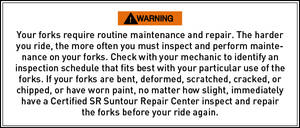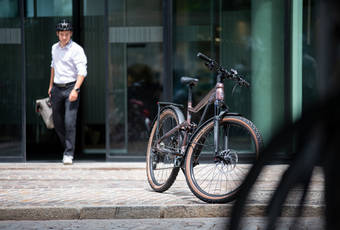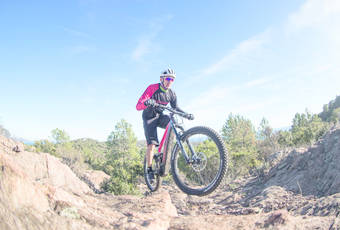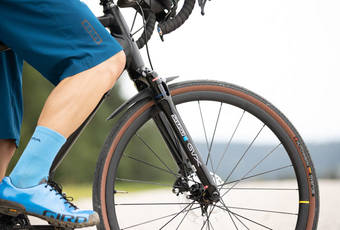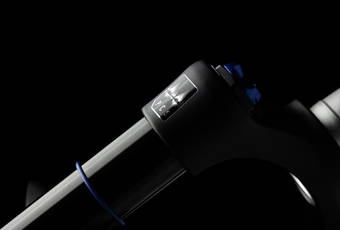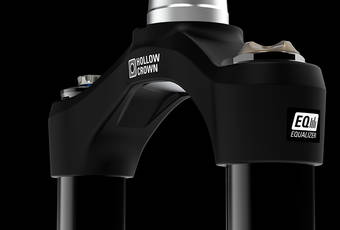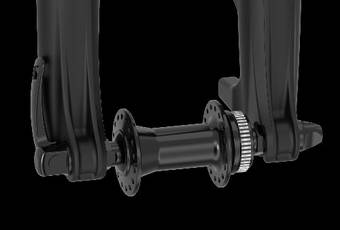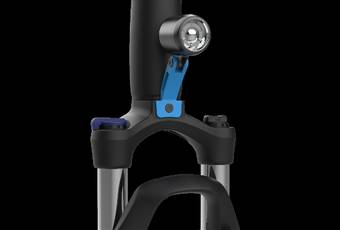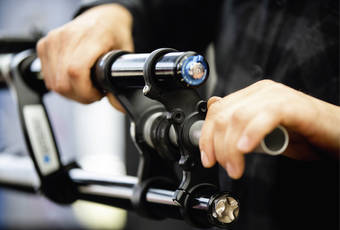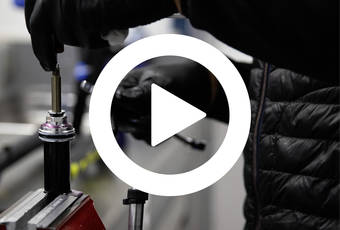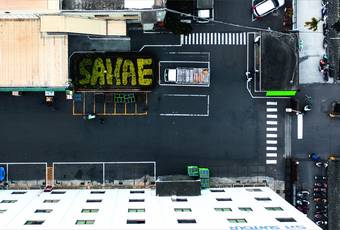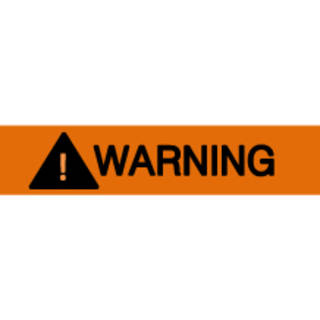1. Before Every Ride

1. No fork can withstand misuse, abuse or improper use that, over a short period of time, can cause your forks to fail when you least expect it.
2. Check all components of your forks (both on top and underneath) for any cracks, wear, damaged paint, deformation or other irregularities which could suggest a problem with your forks.
3. Remove the front wheel from the fork and inspect the quick release, hub, fork drop outs and secondary retention tabs for any damage or evidence of movement among these parts. If you see any wear, scratch marks, worn paint, dents, chips, deformation or other damage, then your quick release is not properly tightened. Learn how to properly tighten your quick release (see number 4 below) and have your forks inspected by your mechanic to be sure they are safe to ride.
4. Check to be sure that all quick release fasteners, nuts and bolts are properly tightened. Bounce the bicycle on the ground while listening and looking for anything that may be loose. All quick releases are different and could have different tightening procedures. Contact your quick release supplier or your retailer for the correct instructions that apply to your specific quick release. You must strictly follow the instructions from the quick release supplier to be sure your front wheel is properly secured to your forks. An improperly tightened quick release can cause the front wheel to disengage from your bicycle, or damage your forks, resulting in an accident and severe personal injury.
5. Be sure that your wheels are perfectly centered. Spin the wheels to be sure that they do not wobble up and down or from side to side, and that they do not make contact with the fork legs or brake pads while rotating. If the wheel does not rotate properly, check your quick release to be sure it is properly tightened. See Number 4 above.
6. Be sure that all components of the remainder of your bicycle, including, but not limited to, your brakes, cranks, cables, pads, pedals, chain, handgrips, handlebars, frame, and seating system, are in optimum condition and suitable for use.
7. Test your brakes at the beginning of the ride to make sure they are operating properly.
8. Be sure that your tires are inflated to the correct pressure and that there is no damage whatsoever in the tread or sidewall of the tire.
9. Always wear a helmet and appropriate safety gear for your riding style.
10. Learn and follow the local bicycle laws and regulations, and obey all traffic signals, signs and laws while you ride.
2. Ride Properly – Do Not Misuse or Abuse of Your Forks
Never abuse or misuse your forks. Learn how to ride, and always ride within your abilities. An out-of-control ride, aggressive riding or using the forks improperly puts the equivalent of years of hard use on your forks after only a few rides. Learn how to properly flow around obstacles on the trail. Hitting obstacles such as rocks, trees or holes straight-on puts forces on your fork it was not designed to absorb. Never perform any jumps or drops with your forks.

